In the realm of tropical fruits, the young coconut stands out as a refreshing and nutritious delight. Its clear, sweet juice and tender, jelly-like flesh are a testament to nature’s bounty, especially in tropical and subtropical regions. However, choosing the right young coconut can be a challenge, as not all coconuts are created equal. This guide aims to equip you with the knowledge and skills necessary to select the perfect young coconut, ensuring that every sip and bite brings you pure enjoyment and maximum nutritional benefits.
Understanding the Young Coconut
Before diving into the selection process, it’s crucial to understand what constitutes a young coconut. Unlike mature coconuts, which have a hard, brown husk and a thick, fibrous layer protecting the inner shell, young coconuts are characterized by their green, smooth outer husk. This husk encases a softer, more easily pierced shell that holds the coconut water and the soft, edible flesh.

Young coconuts are typically harvested when they are around six to ten months old, at which point the coconut water is at its sweetest and most refreshing, while the flesh is tender and delicate. As the coconut ages, the water becomes less sweet and more fibrous, and the flesh hardens, transforming into the white, coconut meat we commonly associate with mature coconuts.
The Importance of Selection
Choosing the right young coconut is vital for several reasons. Firstly, a fresh young coconut guarantees the best taste experience, with sweet, crisp water and tender flesh. Secondly, freshness is key to maximizing the nutritional benefits, which include electrolytes, vitamins, minerals, and antioxidants. Lastly, a properly selected coconut will be easier to open, reducing the risk of spills and mess.
Visual Inspection
-
Color and Hue: The outer husk of a young coconut should be a vibrant green, indicating freshness. Avoid coconuts with brown spots or patches, as these may signify that the coconut is overripe or has started to decay. The greener the husk, the more likely it is that the coconut water is sweet and the flesh tender.
-
Weight: Heft is another indicator of freshness. Pick up the coconut and feel its weight. A heavy coconut is likely to contain more water and fresher flesh. Lightweight coconuts may have lost some of their moisture, indicating they’ve been on the shelf for too long.
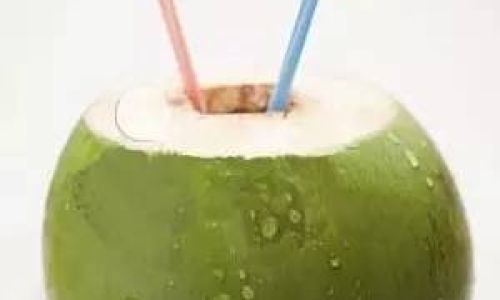
-
Shape and Size: While size can vary, look for coconuts that are relatively uniform in shape, without any obvious bulges or deformations. A symmetrical coconut is often a sign of healthy growth and development.
Sound Check
Shaking the coconut gently can provide insight into its contents. Listen for the sound of liquid sloshing inside. This indicates that the coconut is full of water. If there’s no sound or a very faint one, it might mean the coconut is dry or has started to degrade internally.
Feel the Texture
Pressing gently on the husk can also reveal a lot. A firm, slightly resilient husk suggests that the coconut is fresh and the shell intact. If the husk feels soft or gives in too easily, it could mean the coconut is overripe or has been damaged, potentially allowing bacteria to enter.
Checking for Leaks
Inspect the coconut for any signs of leakage. A small crack or hole in the husk can cause the coconut water to seep out, reducing its volume and potentially introducing contaminants. If you notice any dampness or liquid around the coconut, it’s best to pass it by.
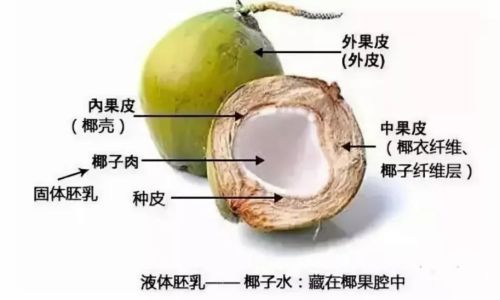
Opening and Inspecting the Inside
Once you’ve selected your coconut, it’s time to open it and take a closer look at the inside. While this step is slightly more involved, it’s a crucial final check before enjoying your coconut.
-
Piercing the Husk: Use a sharp, sturdy object like a coconut opener or a clean screwdriver to pierce a hole in the softer “eyes” at the top of the coconut. These are the weakest points and easier to pierce without breaking the shell.
-
Draining the Water: Carefully pour out the coconut water into a glass. It should be clear and slightly sweet-smelling. Avoid consuming if it has a sour or off odor.
-
Removing the Flesh: To access the flesh, you can either hack off the top of the coconut with a machete or heavy knife or use a specialized coconut opener to create a larger hole. The flesh should be white or light green, with a jelly-like consistency. Avoid coconuts with dark or discolored flesh.
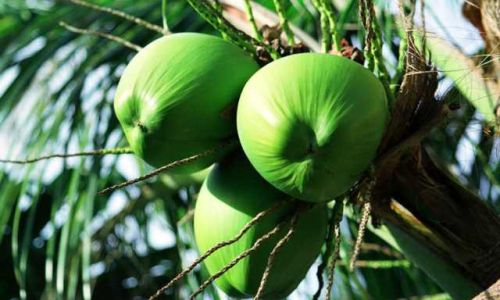
Conclusion
Selecting the perfect young coconut is an art that combines visual inspection, tactile assessment, and auditory judgment. By following these guidelines, you can ensure that your next young coconut experience is nothing short of delightful. Remember, freshness is key to enjoying the full flavor and nutritional benefits of this tropical treasure. So, the next time you’re at the market or beachside vendor, put your newfound skills to the test and savor the sweetness of a perfectly chosen young coconut.
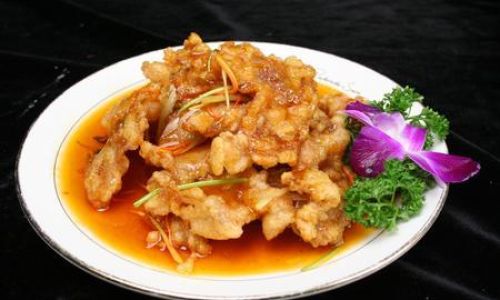
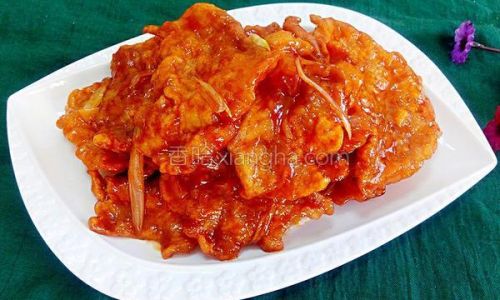
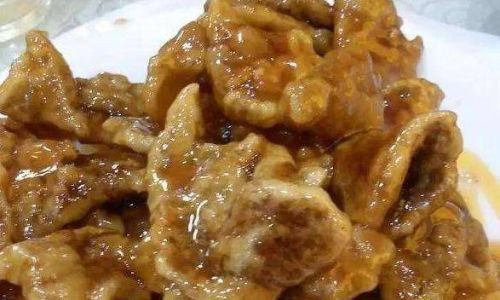

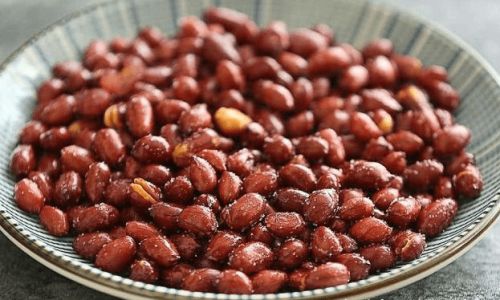
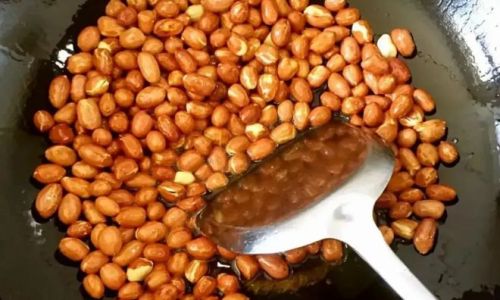
0 comments